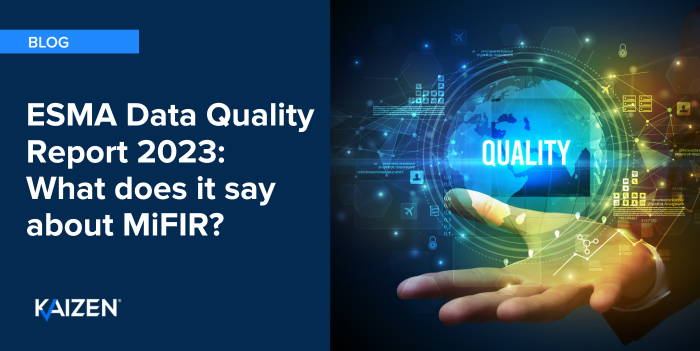Just a second…?

MiFID II introduces the requirement to synchronise the business clocks of trading firms and their customers so that timestamps recorded are standardised across the industry. The idea is that regulators will be able to monitor for market abuse more accurately. Trading systems will need to synchronise themselves to a common source of time. But how will they do this? And what are the implications?
On the back of the FCA’s MiFID II conference this week we were with the National Physical Laboratory (NPL) to find out. Their workshop, “UTC traceability for the global financial sector, realisation of a unified common clock” attempted to answer some of these questions. Taking the front seat was MiFID II’s RTS 25, which outlines the draft regulatory technical standards on clock synchronisation. The direct impact of this piece of regulation was apparent from the range of professionals from all aspects of the industry including financial firms, exchanges, consultants and scientific organisations. Most notable was the presence of ESMA and the Bureau International des Poids et Mesures (BIPM) as both have a heavy hand to play in RTS 25. We suggest firms take a look at Table 2 in the Annex of RTS 25 which sets out the level of granularity applicable to their trading activities. It is important that firms are clear on what is expected of them and should be in advanced discussions around the technology to be adopted to meet the new regulatory obligations.
Here are the key points we took away from the conference:
- The industry was concerned about deploying GPS as a means to synchronising their business clocks. It was felt that although it meets the regulators’ authorisation of “satellite systems” as a credited tool, it does not provide traceability back to UTC. This was further supported by BIPM who claimed that due to the irregular leap second lag incurred through GPS signals, the only credible solution was a direct feed from a National Measurement Institute (NMI). ESMA was clear that both options remain and stood firm, stating that they must be realistic in what they ask from firms and not show any bias to any provider.
- The industry feels this needs to be part of the Level 3 discussions but it seems very unlikely that GPSs will be scrapped. We advise all firms to gear up based on the Level 2 RTS 25.
- The industry also showed concern around implementing the required technology and sought r advice from the regulator. However, ESMA’s view was very clear in stating it is up to the firm to implement what is required.
- ESMA highlighted the importance of firms reviewing their transparency systems on an ongoing basis once deployed. The type of review required is not clarified within the RTS, however we would recommend both internal and third party checks to ensure obligations are met.
- FIX is planning to update all versions of its protocol (back to FIX 4.2) to capture the accuracy of seconds in timestamps to 6, 9 or 12 decimal places.
- BATS Chi-X Europe is considering providing NPL time source feeds to its clients via a PTP feed if there is considerable demand.
All in all, the industry is aware of the challenge in implementing this step and the effects it will have on their infrastructures. However, having the same “watch” is very much welcomed by all concerned, agreeing it will lead to better data publication and reporting, thus a more transparent industry as a whole.
What do you think? We would welcome feedback or comments about the issues raised in this blog and more broadly, about the MiFID II draft technical standards.
We’ll be releasing further blogs around the finer details of MiFID II so stay tuned!
In addition to our testing services, we are offering training courses for firms to help them prepare for the reporting elements of MiFID II. Please contact us to find out more.
Read our earlier blog on our reaction to the release of the draft RTSs.


